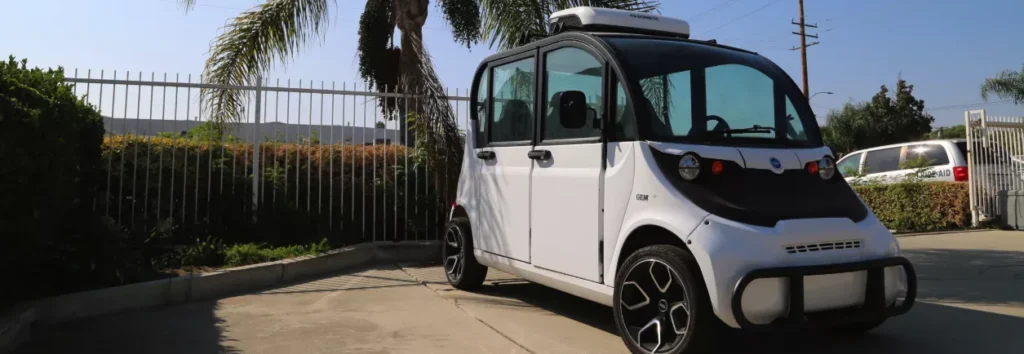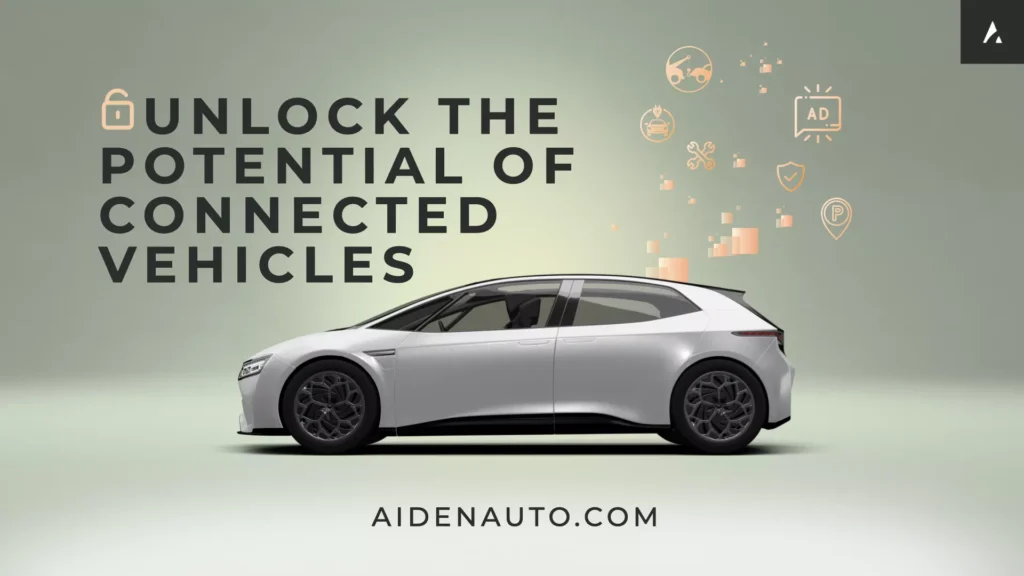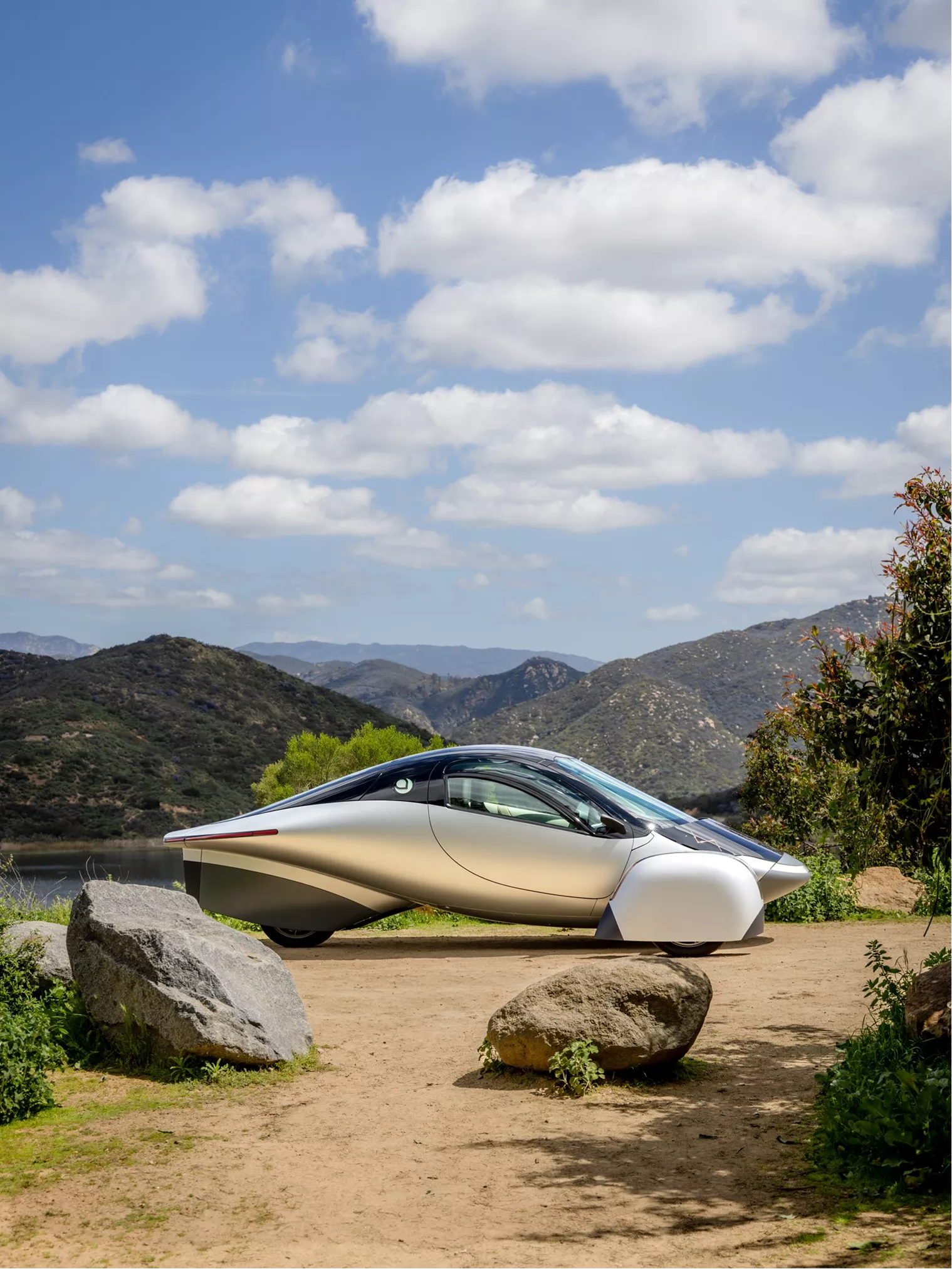










From EVs and batteries to autonomous vehicles and urban transport, we cover what actually matters. Delivered to your inbox weekly.
A wave of Chinese EV brands is hitting Europe and the US, and most Western buyers still have no clue who they are.
That’s why we’re here to help!
Chinese automakers aren’t just catching up. In many ways, they’re ahead: more affordable EVs, vertically integrated supply chains, and serious global ambitions. While legacy carmakers are still refining their plans, Chinese EV companies are already shipping, scaling, and undercutting on price.
Some names you’ve heard. Most of you haven’t. Here’s a crash course in the automakers you need to know now.
Backed by Warren Buffett and topping global EV sales charts, BYD is the one name you really should know by now. It’s everywhere: buses, taxis, affordable compacts, sleek sedans, and plug-in hybrids. Already in Germany, the UK, Norway, and more.
Top models:
Often overshadowed by its more “premium” sub-brands, Geely’s own-branded EVs are growing fast. They’re positioned as affordable but well-built models for daily driving, especially in China, but with signs of broader expansion.
Top models:
Geely’s stylish luxury brand made for Gen Z and European cities. It’s fast, fashionable, and gunning for Audi and BMW. Already selling in Sweden, the Netherlands, and Germany.
Top model: Zeekr 001 (a sporty, long-range shooting brake)
Geely’s electric pickup brand. Rugged, practical, and built for real utility, not just Instagram. Think of it as China’s Rivian rival.
Top model: Radar RD6
Yep, Geely owns or has stakes in all of these. The company is everywhere — Europe, Asia, even the U.S.
Once British, now booming under Chinese ownership. MG is crushing it in Europe with well-priced, well-equipped EVs.
Top models:
A premium play by SAIC and Alibaba. Think clean design, AI-heavy cockpits, and minimalist interiors. They’ve just launched in Portugal.
Top model: IM LS7
Dongfeng’s luxury EV arm. High-end SUVs and MPVs with sleek interiors and smart features. Already in Norway.
Top models:
Mid-market EV brand under Dongfeng, now expanding into Europe. It’s already launched models in France and Italy.
Top model: Forthing Friday EV
Dongfeng also has stakes in Aeolus, Mengshi, and others, slowly building a diversified EV presence.
Co-created by Changan, Huawei, and CATL, Avatr is sleek and futuristic. Think high-end, software-rich sedans and crossovers.
Top models:
A state-owned export machine. Chery is now pushing hard into Europe with its new sub-brands and affordable SUVs.
Top models:
Battery swapping? Sleek design? Solid tech? NIO’s got it all. It’s one of China’s most internationally visible EV brands. Already on sale in Norway, Germany, and the Netherlands, with its growing network of swap stations.
Top models:
Think of XPeng as the techie one – autonomous driving, futuristic interiors, and even a flying car prototype. It’s targeting younger buyers and slowly expanding into select EU markets.
Top models:
Extended-range EVs (EREVs) that combine electric drive with a petrol generator, great for families who want flexibility.
Top model: Li L9 (large SUV)
If Tesla had a cyberpunk cousin, it’d be HiPhi. Doors open like spaceships, dashboards stretch across the cabin, and tech is everywhere. The HiPhi X, a luxury SUV with coach doors and a full-width display, is already been launched in Germany and is turning heads.
Budget-friendly EVs with real tech under the hood. Leapmotor’s C10 is aimed at Europe, with a Stellantis joint venture backing global growth.
Top model: Leapmotor C10
Huawei-backed, built by Seres. Sleek SUVs with serious in-car tech, already selling strong in China.
Top models: AITO M7, M9
Formerly Sokon, now rebranded and Huawei-powered. Expanding into Europe quietly via partnerships and sub-brands.
Top model: Seres 5
Yes, that Xiaomi. The tech giant’s first EV, the SU7 sedan, is already making waves in China with its sleek looks and high-tech performance. Global rollout? Just a matter of time.
Chinese EVs are here big time, and they’re not slowing down.
They’re fast. They’re vertically integrated. And they’re not afraid to take risks. Most are skipping traditional dealership networks and focusing on direct-to-consumer models. Europe is the current beachhead. The U.S. may be next, though trade tensions could complicate things.
Whether it’s BYD underpricing VW or NIO building swap stations in Norway, China’s clearly playing to dominate EV mobility.